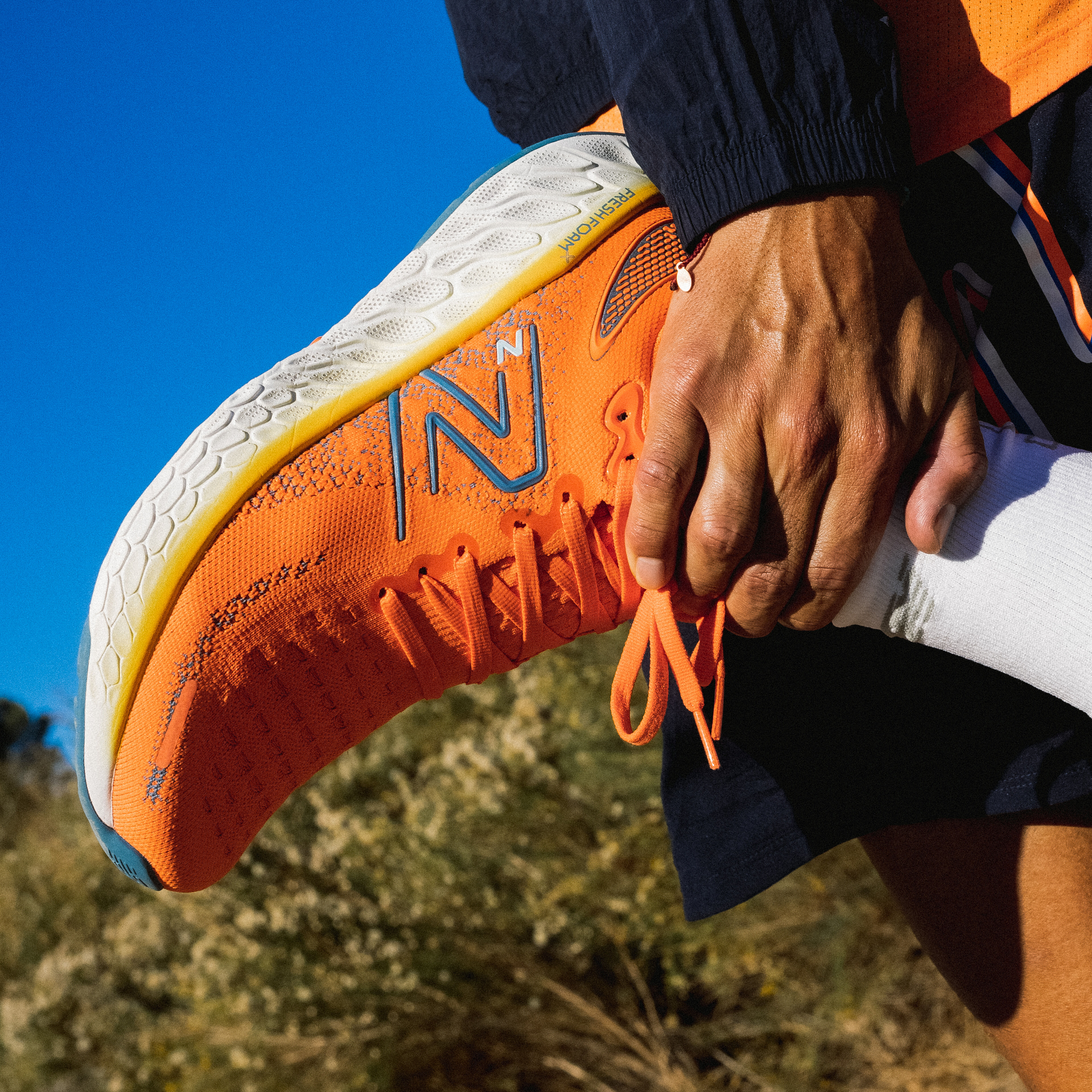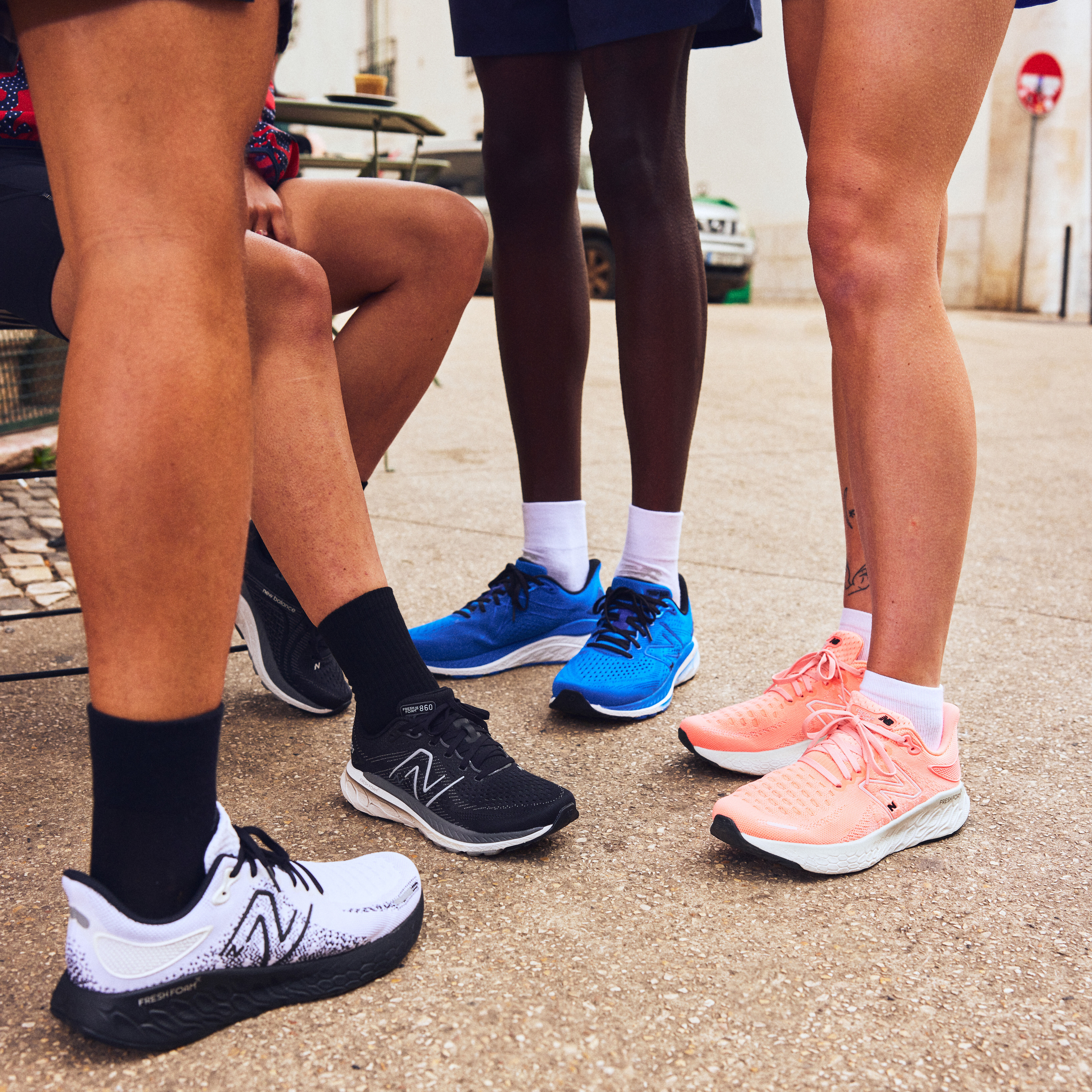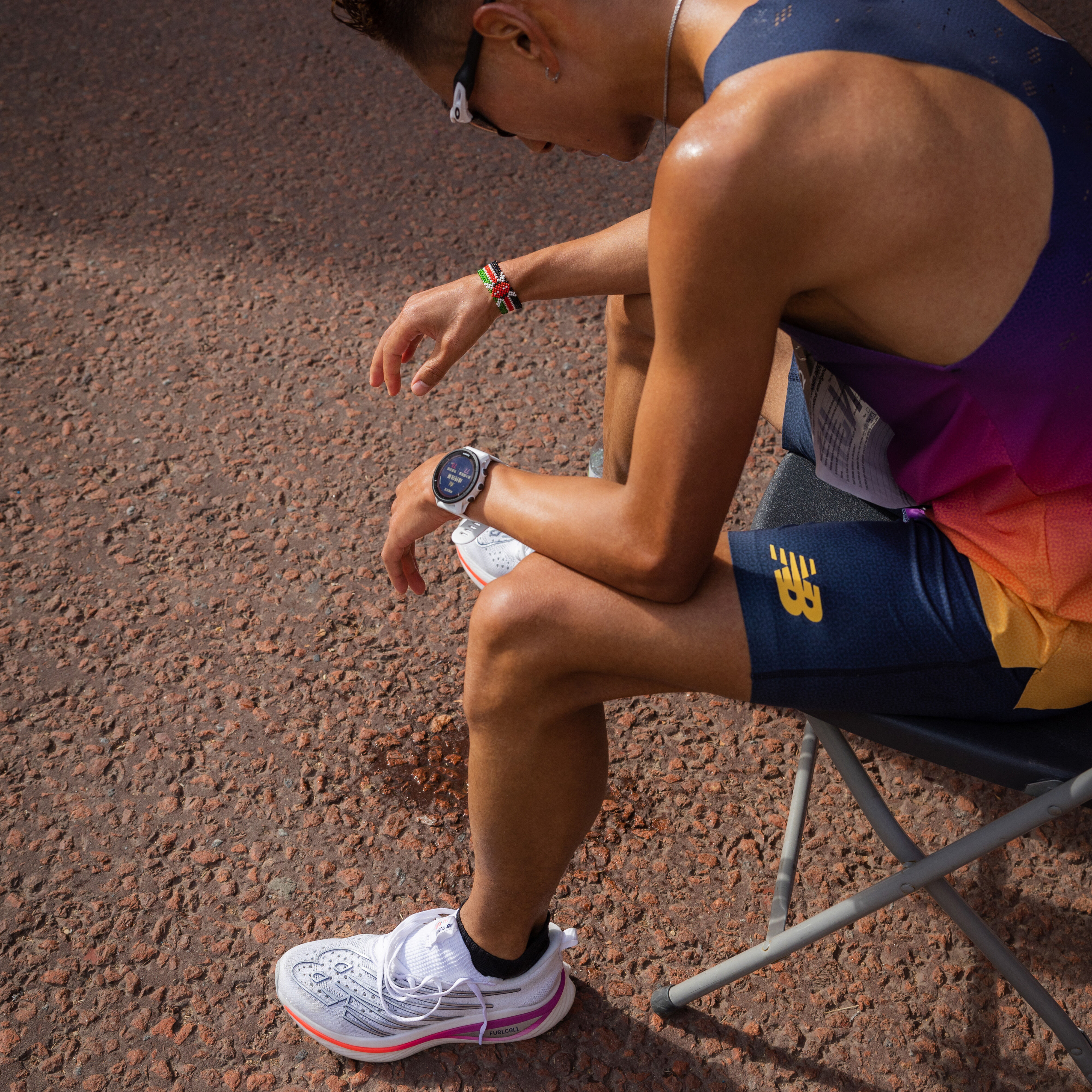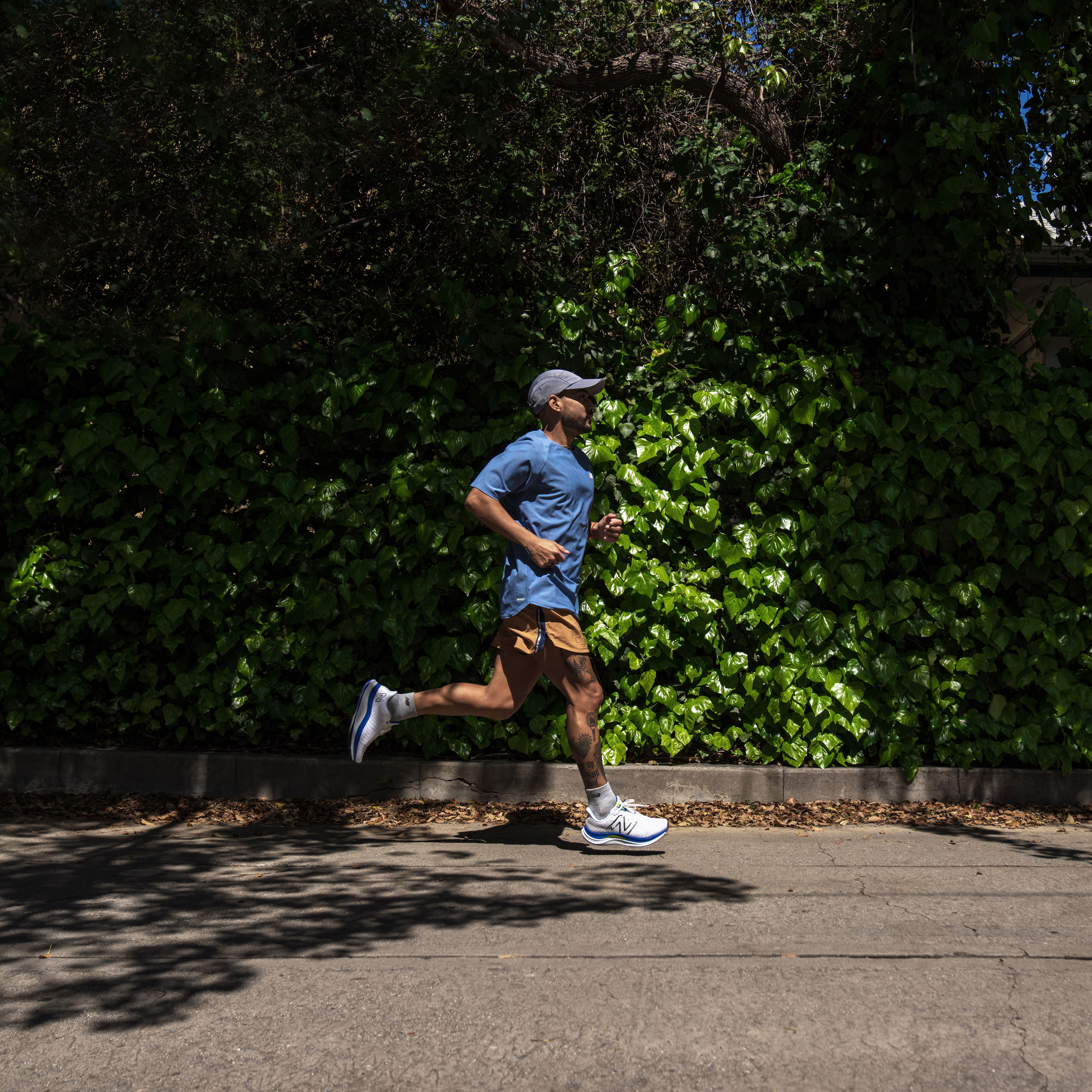
What is overpronation?
When we walk or run, our foot hits the floor heel-first then rolls slightly inward before coming into complete contact with the ground. This process (called pronation) enables us to balance, and also provides critical shock absorption for the rest of our body. For some people, the foot has a tendency to roll too far inward during this process, which is called overpronation. You might also have heard of ‘underpronation’ or ‘supination’, which is where the foot doesn’t roll inward enough.
Either overpronating or supinating when you run makes it more likely that you’ll suffer from common running injuries and general pain in areas like your feet, knees, lower back and hips. So, it’s definitely wise to tackle the problem sooner rather than later by wearing specially designed support running shoes and potentially doing some exercises (more on this below).
How to determine if you need overpronation shoes
There are a few simple ways you can check whether or not you’re running or walking with overpronation:
The wear test: Look at the soles of a pair of running shoes you’ve been using for a while. If they’re excessively worn from the inner part of the heel along to where the ball of the foot and big toe sit – this indicates overpronation.
The wet foot test: Wet the sole of your foot then stand on a piece of cardboard. If your footprint looks quite wide all the way down
(rather than going nice and narrow where your arch is), this indicates your foot is ‘flat’ which means overpronation is likely.
It’s worth noting that some running stores (like the New Balance Oxford Street flagship store) offer ‘gait analysis’. This is where someone analyses the way you walk and run. A member of staff will normally ask you to try on a few different pairs of running shoes and get you to do a short run in the store to assess your gait. They’ll the be able to recommend some running shoes for overpronation for you.
What causes overpronation?
Most of the time, overpronation is caused by factors outside of our control – like having looser ligaments than usual, or ‘flat feet’ (where the foot doesn’t have much of an arch). Overpronation can cause the feet to become flatter, but having flat feet in itself can also cause overpronation.
Some other factors that can make overpronation more likely include being obese, being older, having diabetes, and having a long history of running.
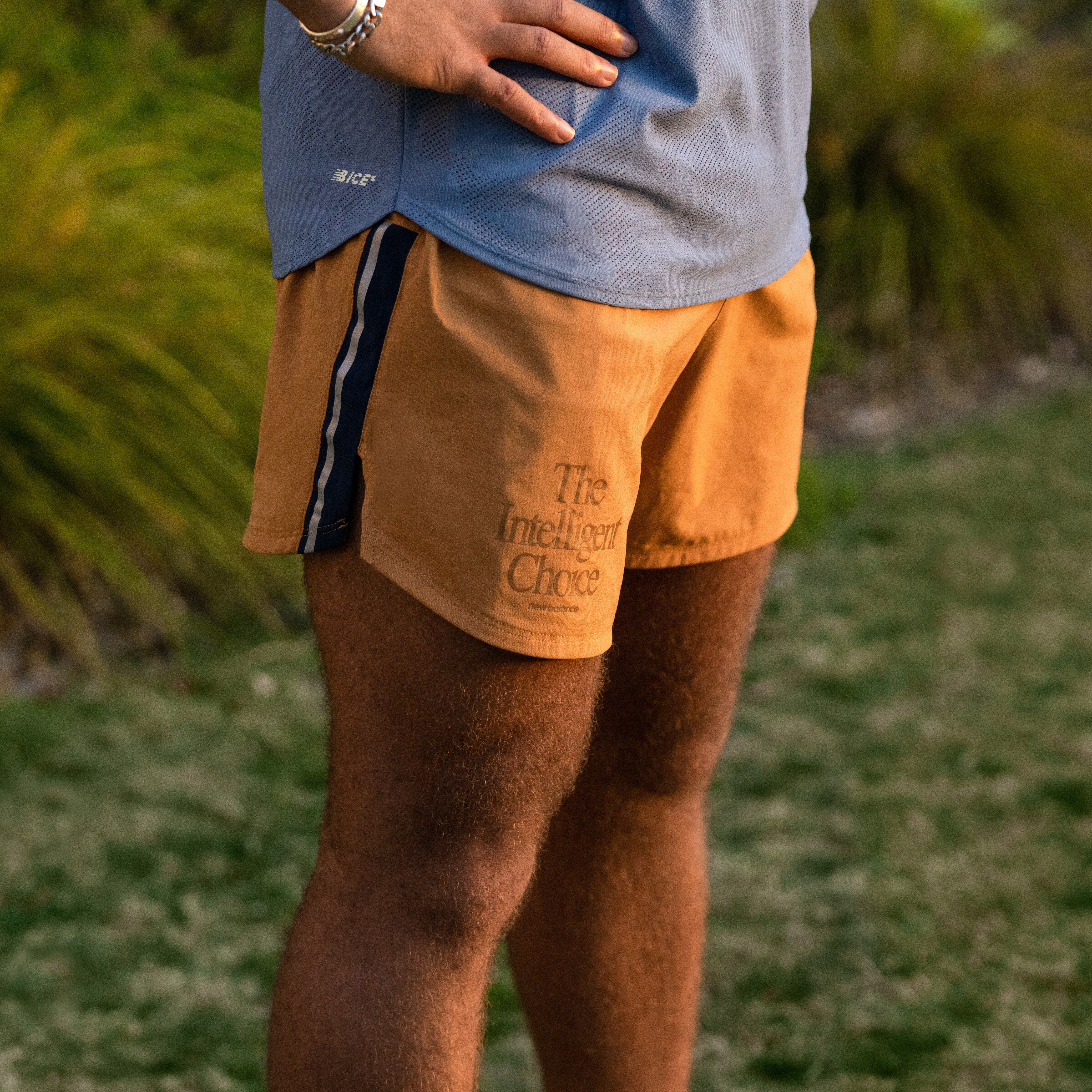
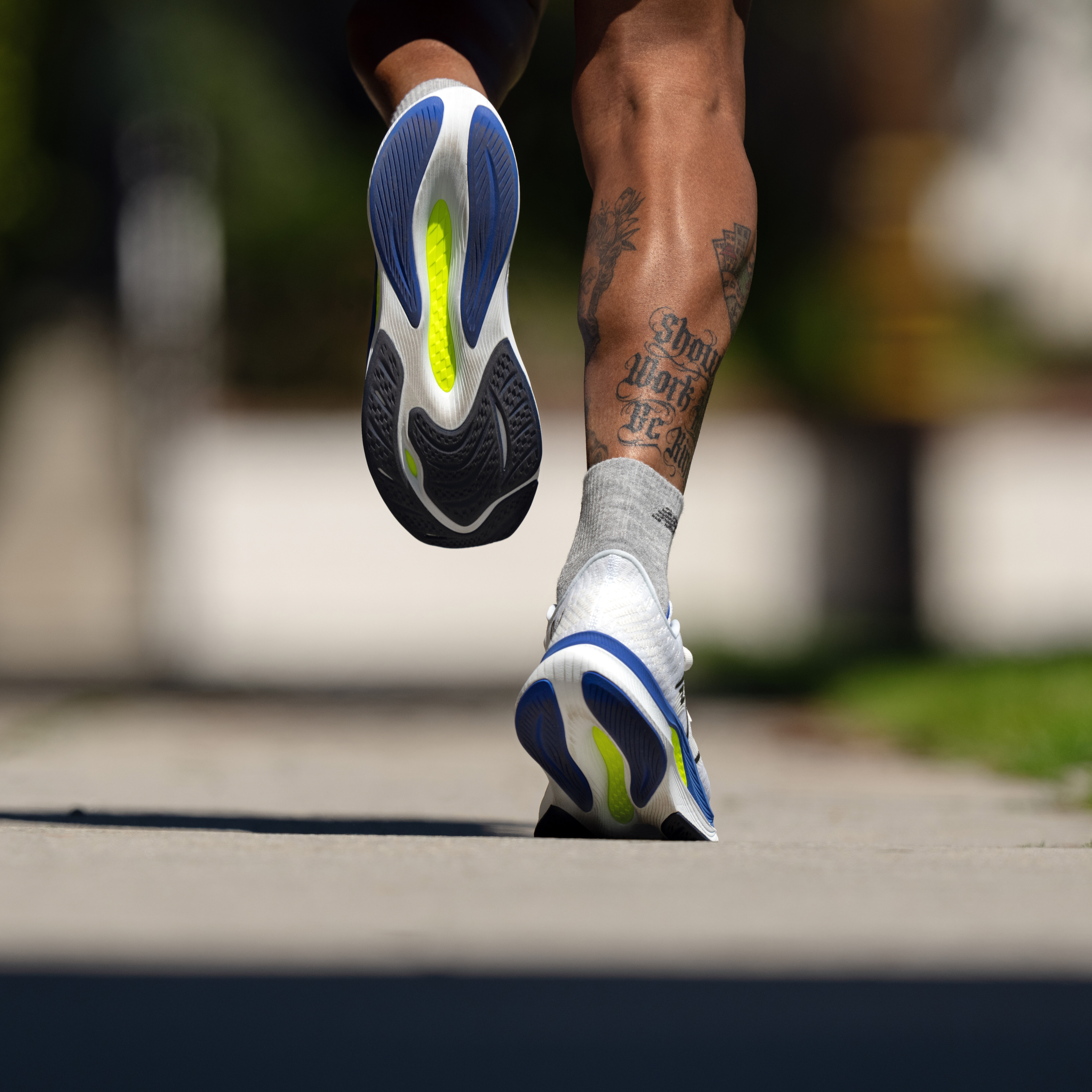

How to correct overpronation
The best way to correct overpronation when you run is to wear running shoes that offer specific support for this type of gait (see our recommendations below).
If you’re really suffering because of overpronation, though, it’s also a good idea to see a doctor who might refer you to a physical therapist and recommend some specific pain relief.
A physiotherapist will be able to provide you with exercises to help correct overpronation and manage its symptoms.
Finally, it’s also possible to get insoles for overpronation, which you can wear in your everyday shoes to help relieve your symptoms even more.
Is overpronation bad?
If you’re panicking about overpronation – try not to worry too much! It’s a really common condition, and many runners either overpronate or under pronate. It definitely doesn’t have to mean the end of your running journey – it just means you’ll need to take
some extra measures to make sure you’re lowering your chances of sustaining any injuries or feeling pain when you run. All runners should work on their technique and wear appropriate running shoes to prevent injuries anyway – regardless of their gait.
Choosing the right shoes to support overpronation
The best trainers for overpronation are those that offer extra stability and arch support. Let’s take a look:
Best stability running shoes
At New Balance, we offer a range of stability running shoes that are perfect for overpronators. For starters, try our:
• Fresh Foam X 860 range – offering superior stability with supportive technology and a pinnacle cushioning experience
• Fresh Foam Vongo range – designed to offer both softness and support, for an ultra-cushioned and stable feel when you run
Best running shoes for flat fleet
If you have flat feet, it’s likely you’re overpronating. In this case, you’ll need a shoe that offers super soft cushioning and reliable support – again, we’d recommend trying out Fresh Foam X 860 and Fresh Foam Vongo ranges.
If you think you’re overpronating when you run – the race is far from over. By investing in some good quality stability running shoes and listening to your body, there’s no reason you can’t take running every bit as seriously as the next person.

